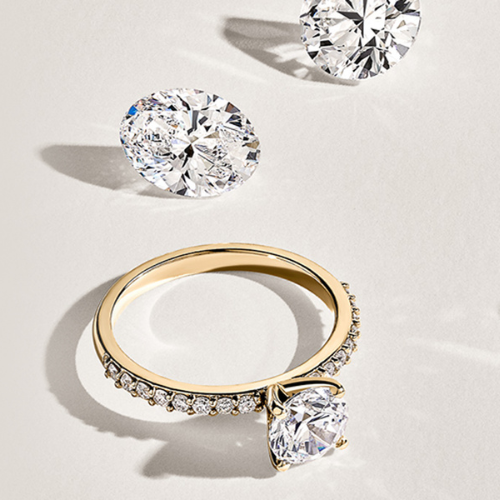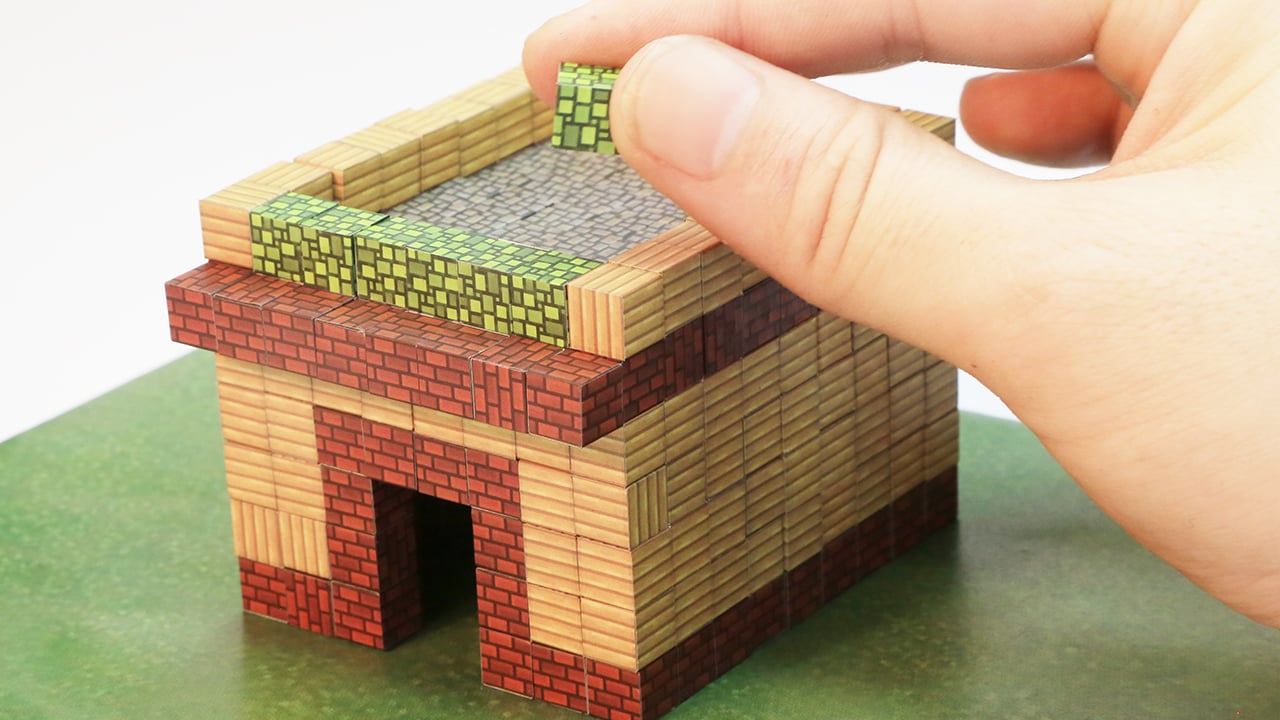
Source: brizmaker/Shutterstock.com
You don’t need to be a toddler to reap the benefits of a comfort object. Even if you’re looking for a security blanket that seemed to work for you when you were a kid, maybe your own child prefers the comfort of a stuffed animal friend instead. To find the best comfort object for you or someone you love, here are our top 10 tips for finding the right comfort object.
1. Find Something You or They Like — If you’re getting a comfort object for yourself or someone else, you’ll want to get a comfort object they’ll actually like and enjoy using. If they like a particular character, you can get them an action figure or doll from their favorite movie or TV show. Would they prefer something small they can stick into their pocket like a stress ball or something large and bulky that they can snuggle like a plush toy? Perhaps it’s something practical like books from a certain series or even books in a matching aesthetic just for the comfort of looking at them.
2. Incorporate the Object into Daily Routine — You don’t have to wait for the next stressful moment to use a comfort object. Comfort objects can be used as preventative measures to regularly ease anxiety or help cope with sadness or grief. In the same way, you might set aside a few minutes to meditate every morning, you can set aside a few moments throughout your day to give your comfort object a quick squeeze.
3. Try Different Comfort Objects — You might have to try a few different comfort objects until you find one or multiple ones that work for you. You might have one in your car like a sloth stuffed animal that reminds you of your kid and another one at work, such as a mug you drink tea out of every afternoon.
4. Ensure It’s Safe and Age-Appropriate — When choosing comfort objects for younger children like toddlers and babies, you’ll want to make sure that they’re safe for them to hold and chew on. You don’t want anything that’s too heavy for them to hold or carry. The object shouldn’t be so small that they could accidentally swallow it. There might come a time when the comfort object is no longer age-appropriate, such as a security blanket your child has outgrown. In that case, you’ll need to find one that may make more sense for them at their age, such as a stuffed animal or a cozy shirt they like to wear.

Source: MNStudio/Shutterstock.com
5. Get More than One — If you’ve decided that you want a particular comfort object like a long pillow you can cuddle at night, you don’t have to get just one. You should get at least two of the same comfort object so that you can wash or clean the other periodically. You’ll always have a clean version of the same comfort object at hand. Have more love to give? Consider donating a comfort object to someone in need through stuffed animal donations.
6. Show the Object Love — It may be an inanimate object, but it’s important to bond with the comfort object. You can’t bond with something to have it offer you comfort unless there’s some emotion or sentimentality attached to it. When you hold the object, think of something that relaxes or comforts you as you do. It might be the sound of the ocean or your favorite song as an adult. Meanwhile, a child might think of their parents or their home when they’re holding onto their comfort object.
7. Cuddle with the Object — Try cuddling with the object. Hold it close to your heart. Feel its texture. Cuddling will more or less come naturally to young children as it’s quite instinctual. As an adult, you may feel awkward cuddling your comfort object. Cute stuffed animals make for great comfort objects for all ages, so while you may not be cuddling a stuffed animal at your desk at work, you can cuddle with it from the comfort of your home at night.

Source: Pressmaster/Shutterstock.com
8. Separation Anxiety for Kids and Adults — According to the Recovery Village, separation anxiety affects approximately four percent of children ages 7-11. Some studies show that separation anxiety disorder affects about 6.6 percent of adults. Separation anxiety affects all different kinds of people, so don’t feel shy about getting a comfort object at any stage of your life or your loved ones’ lives as a way to ease anxiety.
9. Learning to Self-Soothe — Self-soothing isn’t just for children who cry for their stuffed animal when Mommy or Daddy drops them off at daycare. If you’ve ever taken out your phone when you’re feeling stressed during your morning commute or when you’re feeling bored or awkward at a party, you’re self-soothing as an adult, too. Things like your phone or that wine glass in your hand have become your adult self-soothing comfort object.
10. Different Objects for Different Situations — The same way you wouldn’t wear a ballgown to go to bed and a swimsuit to go to the office, there are different clothes to wear for different occasions. There are different comfort objects for different situations. At home, you may prefer to slip into a snuggly oversized t-shirt and cuddle with a stuffed animal. During a long drive, you want to squeeze a stress ball to help alleviate any cramps while you’re stuck in traffic. Use different objects to help with a variety of moments throughout your day.





More Stories
Nurturing Community Spirit in Your Children